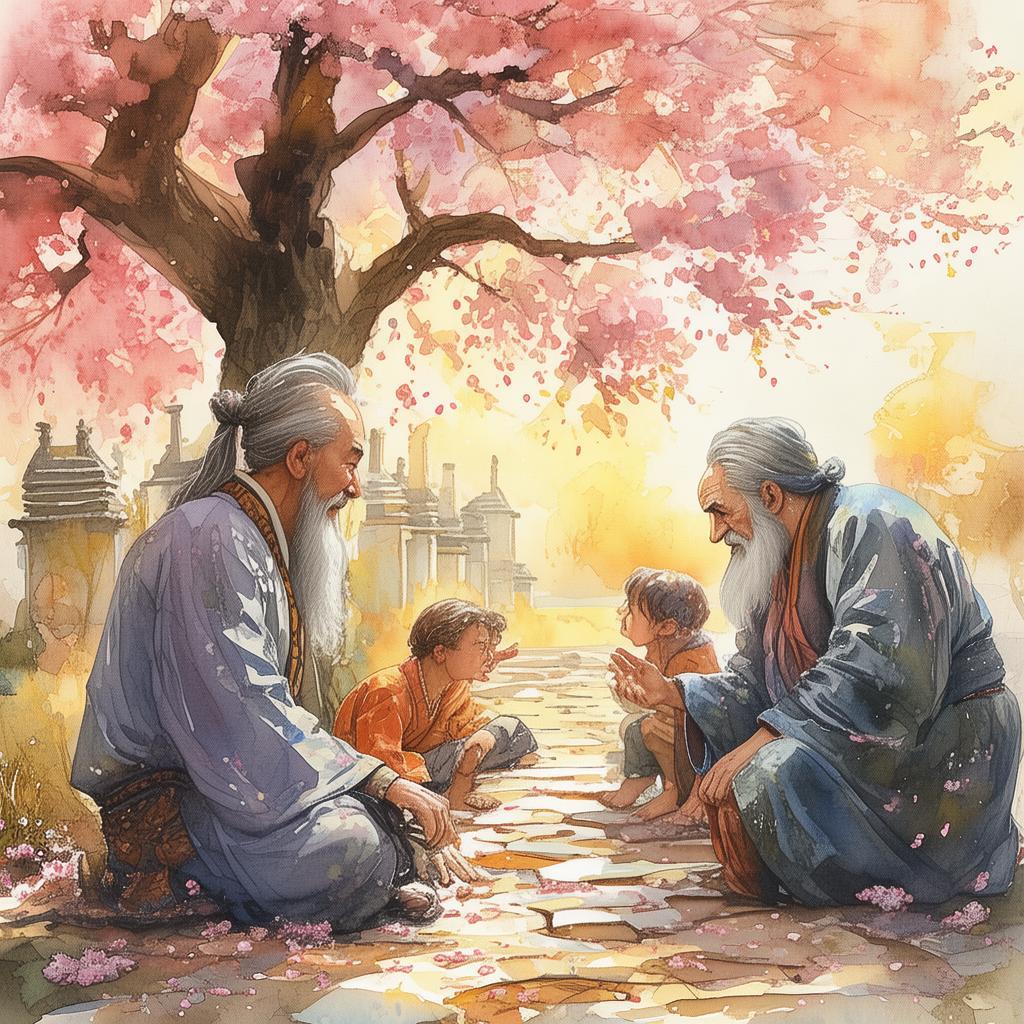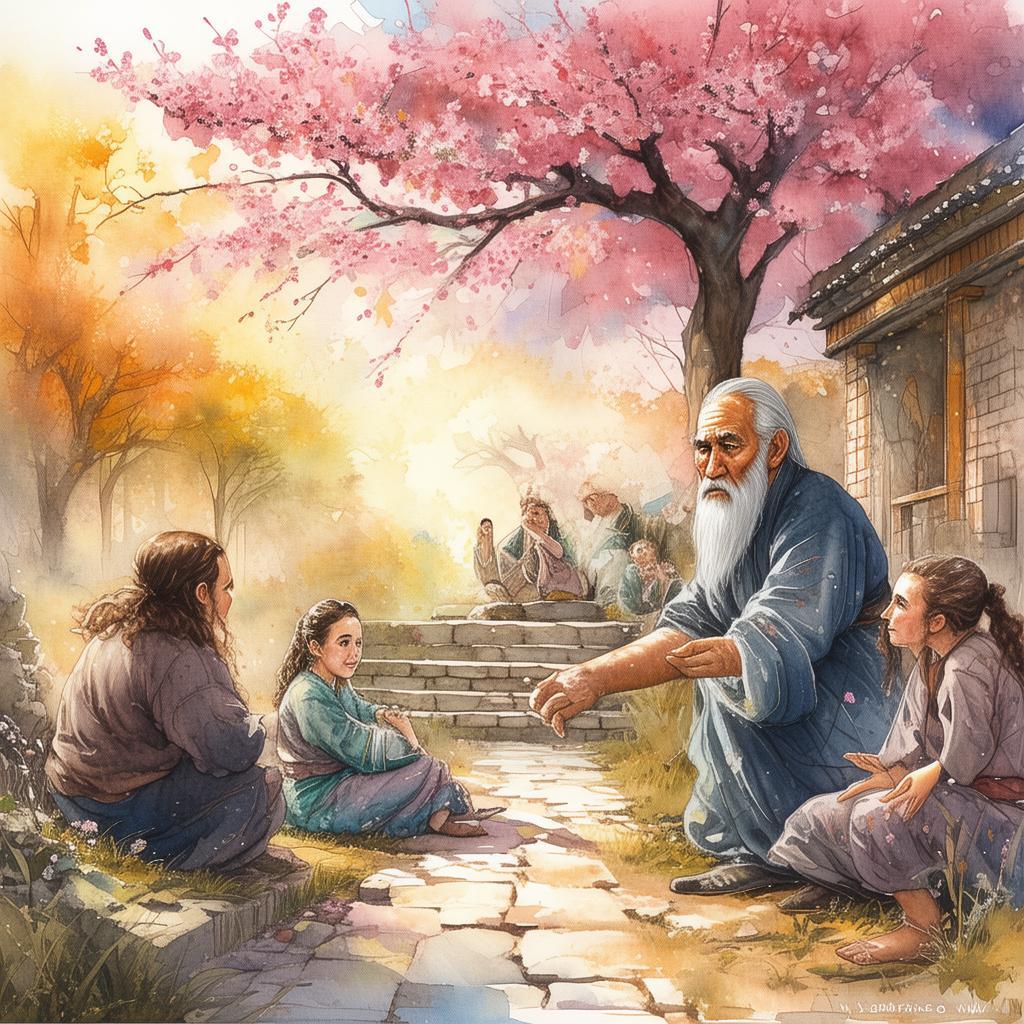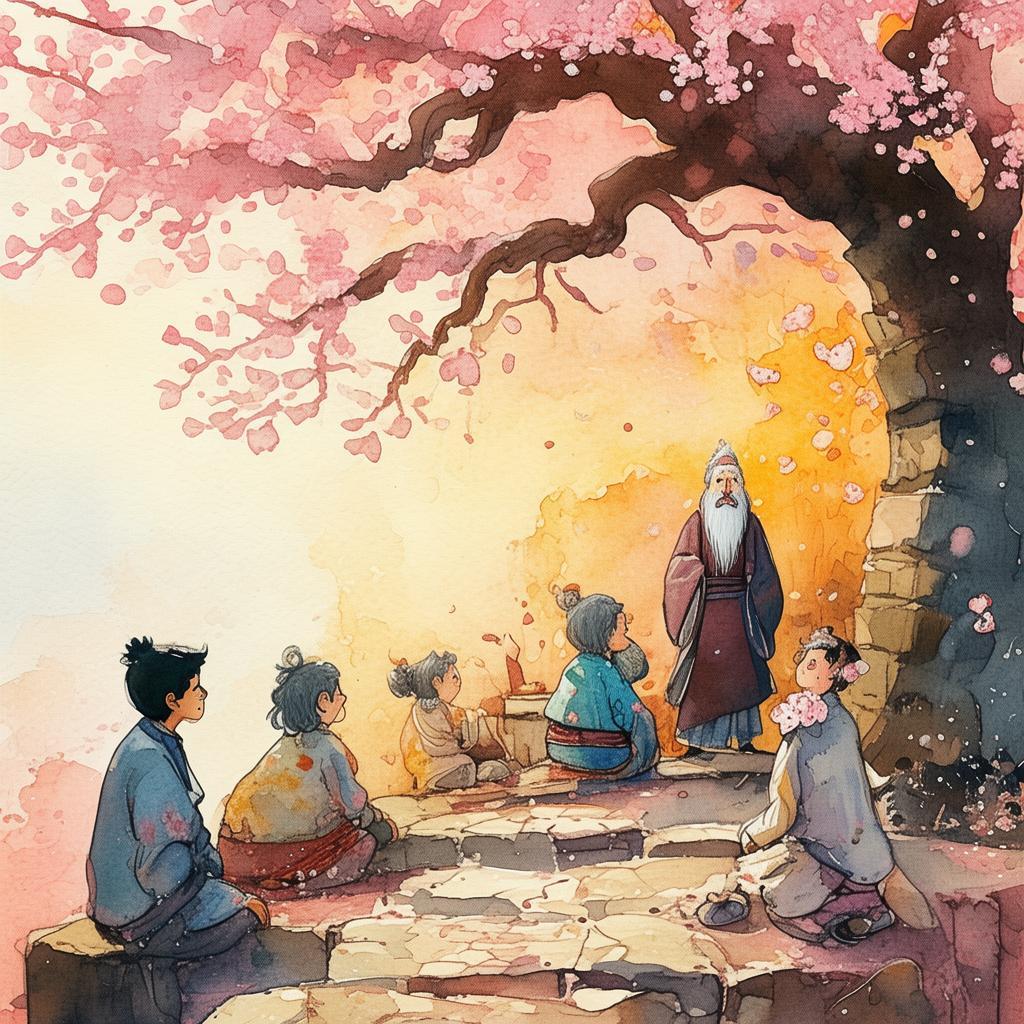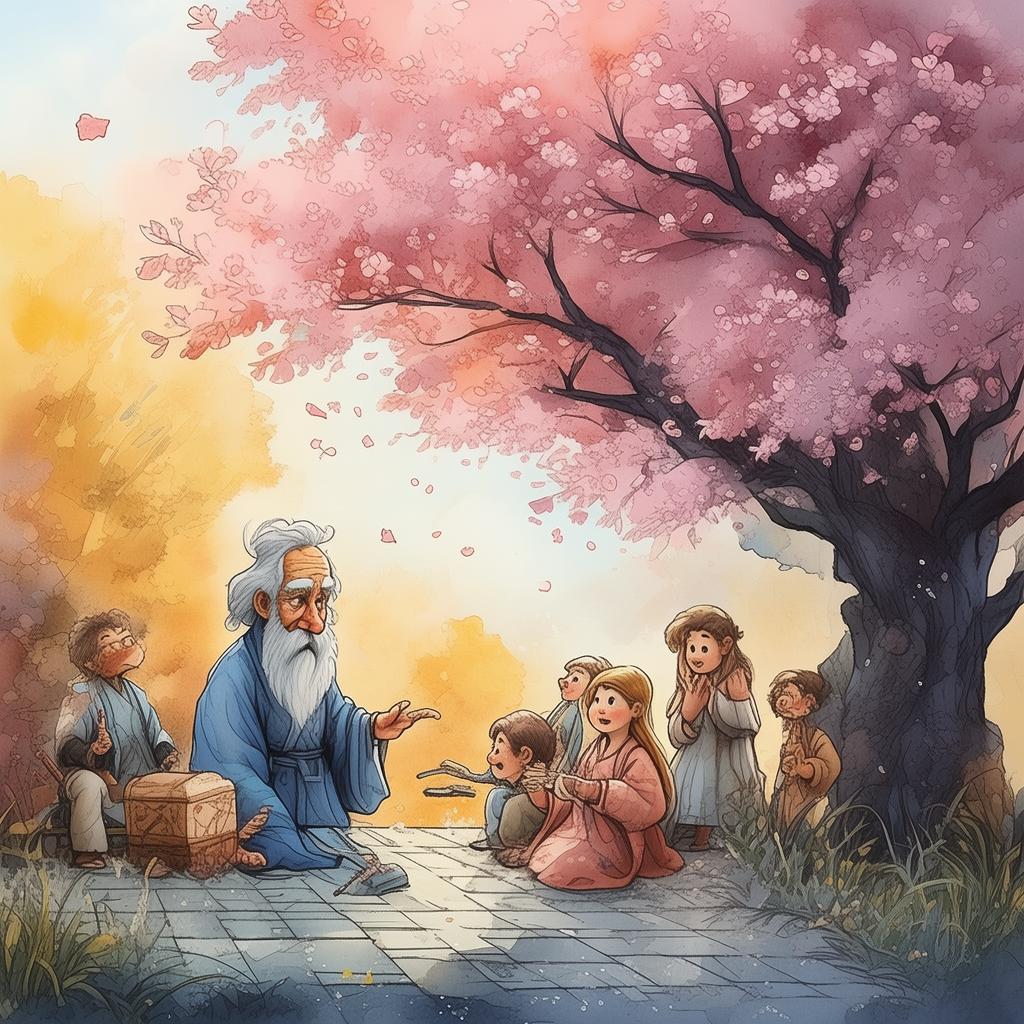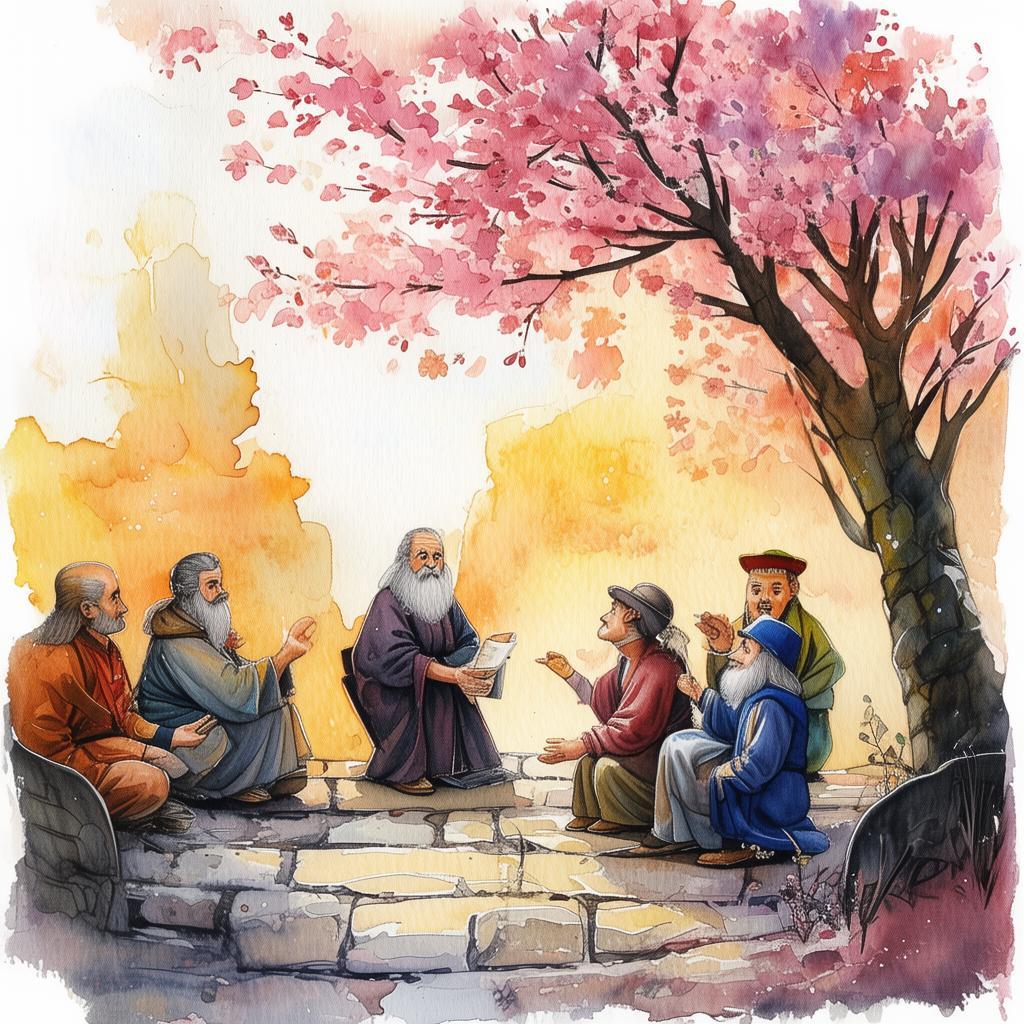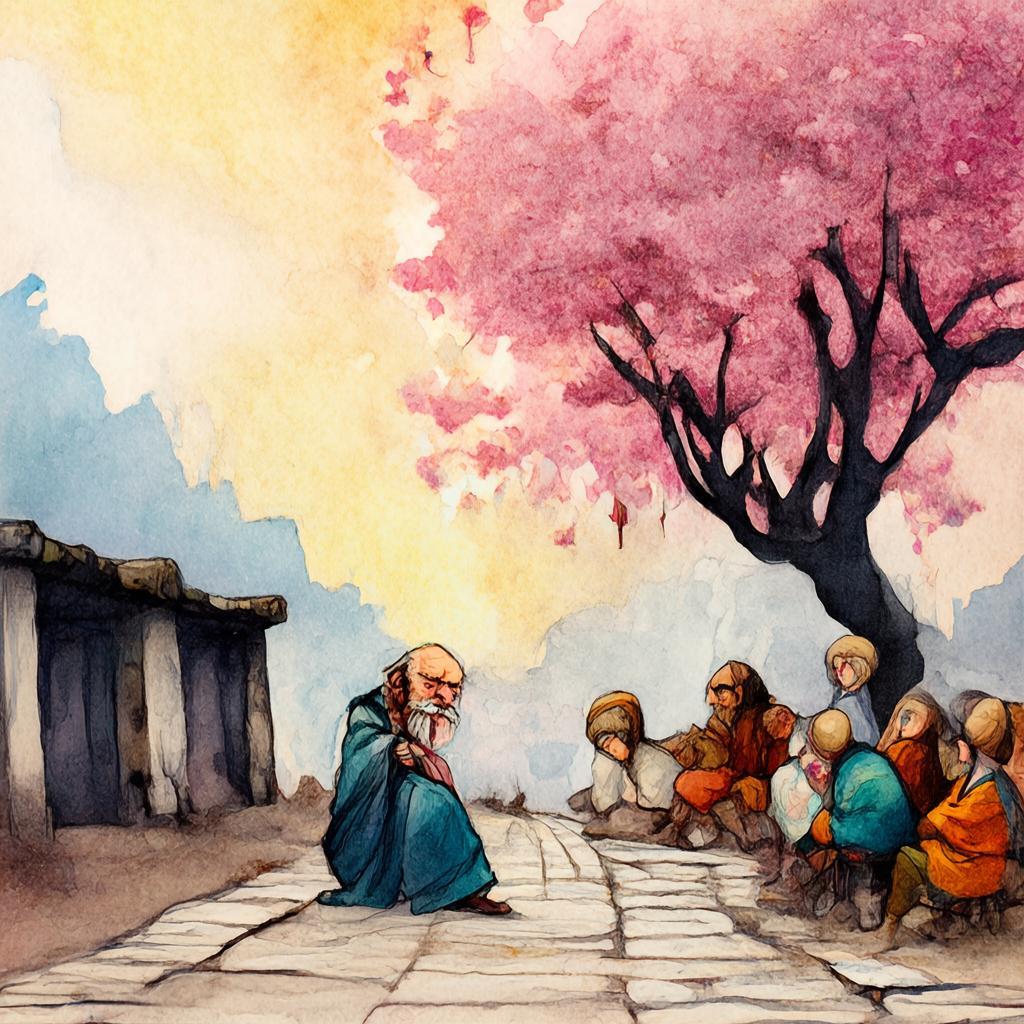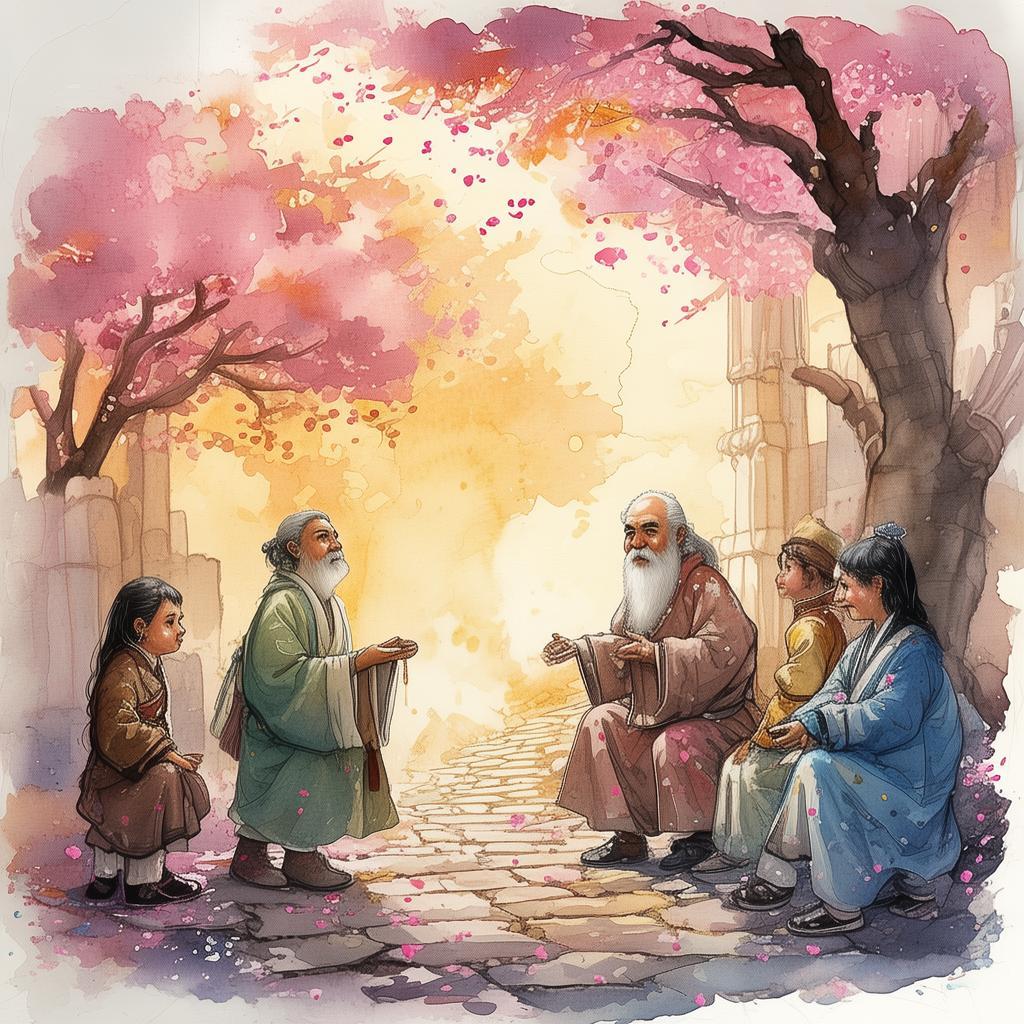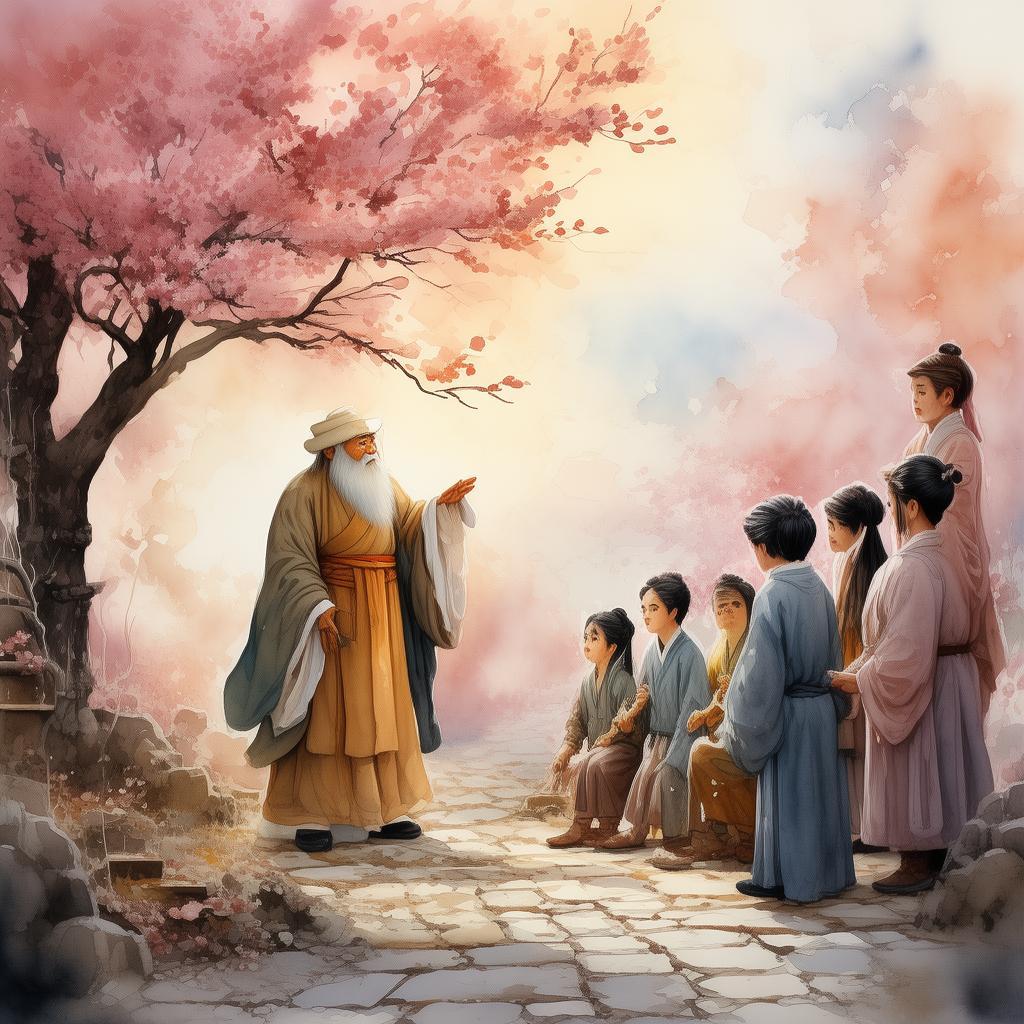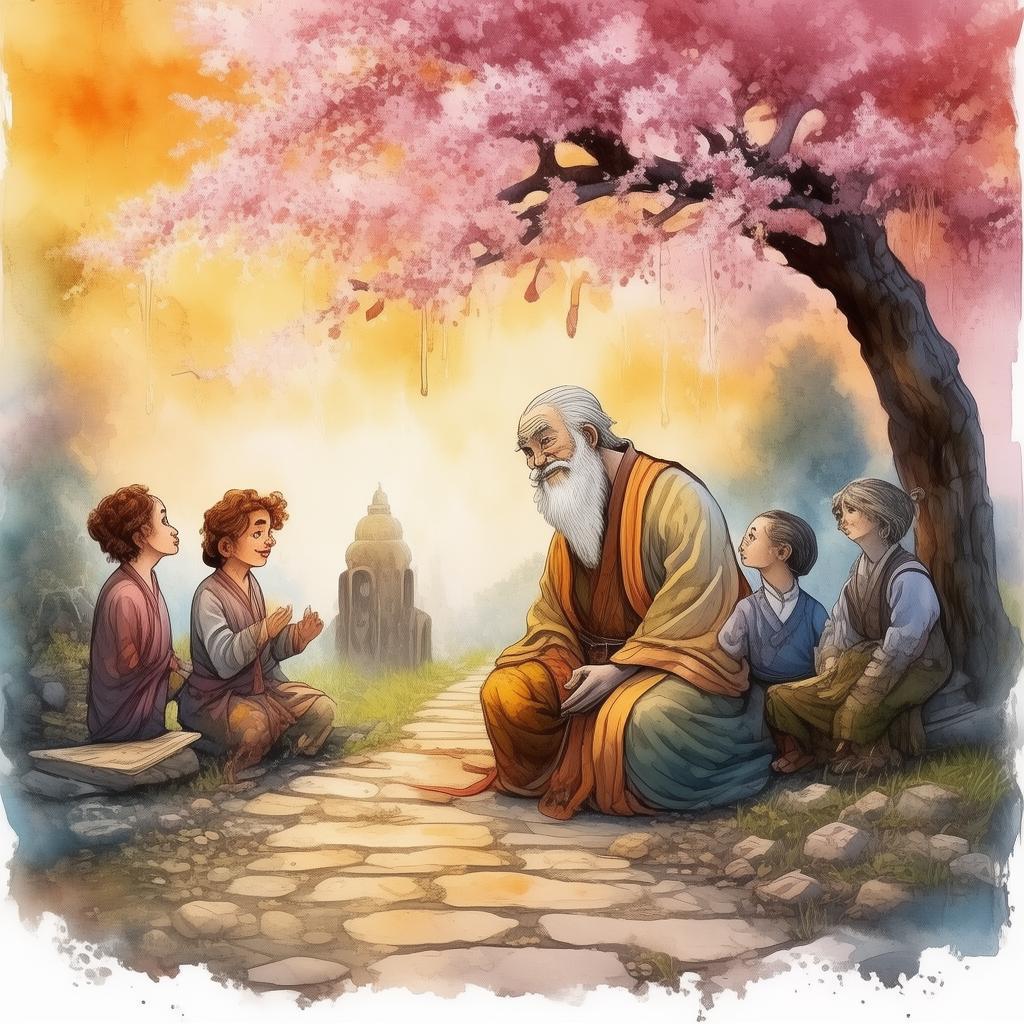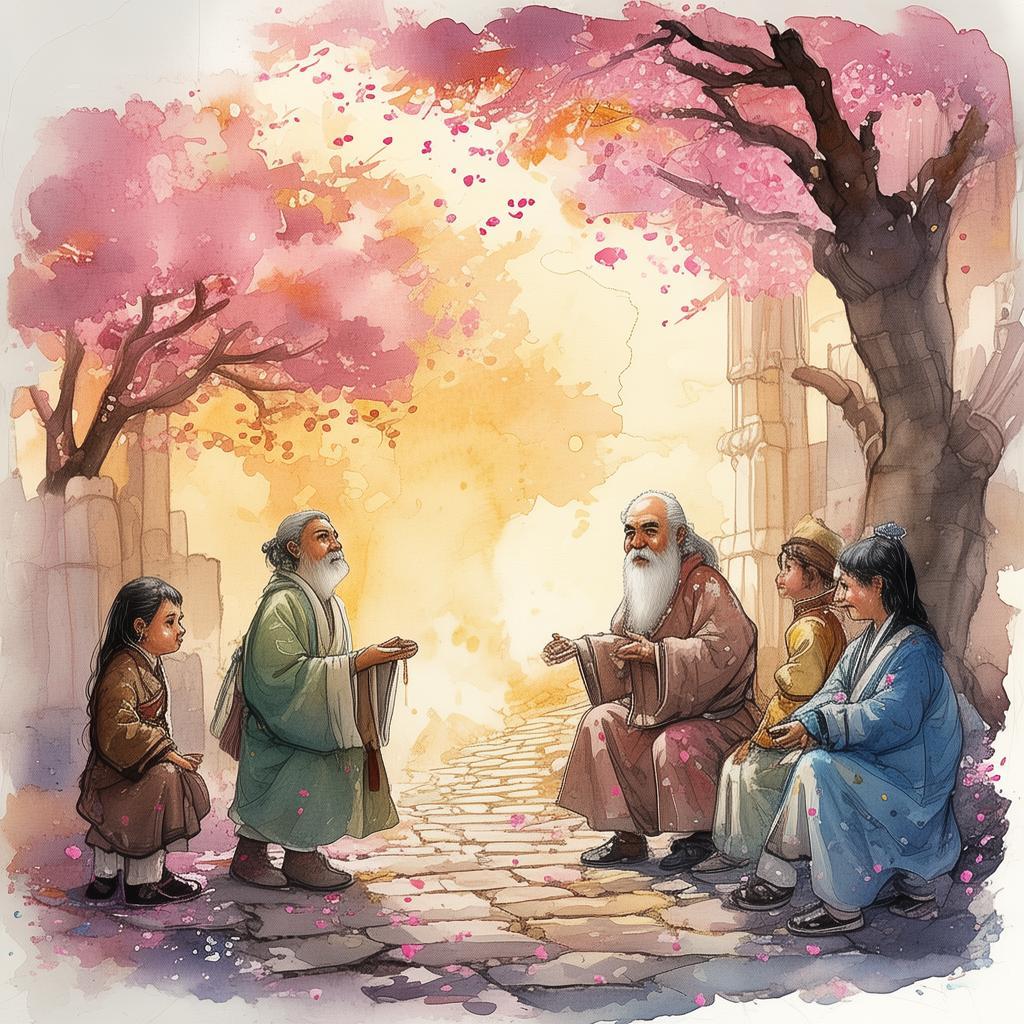The Unarmored Architect: The Labyrinth of Solitude
In a distant land, where the very act of using tools was considered an affront to the spirit of creation, there lived an architect named Li. His name was known far and wide, not for the grandeur of his buildings, but for the purity of his design, for he was an "unarmored architect," a master who designed without the aid of tools.
The story begins in the heart of a bustling city, where Li stands before a grandiose project. His clients are eager to see the design, but Li's mind is elsewhere. He has been haunted by a vision, a vision of a labyrinth, a place of solitude and introspection. The labyrinth is not a mere architectural challenge; it is a metaphor for the path to self-discovery.
Li's journey begins with a simple question: Can he design a building without the crutch of tools? This question sets him on a path of self-exploration, a quest to strip away the layers of convention and reveal the true essence of architecture.
The first challenge is to gather materials. Li walks through the city, his eyes scanning the ground, his hands feeling the textures of the world. He collects stones, branches, and leaves, each material a piece of the puzzle that will form his building. As he gathers, he reflects on the first principle of his philosophy: "The world is your tool."
With the materials in hand, Li sets to work. He begins by clearing a space in the heart of the city, a clearing that soon becomes the entrance to the labyrinth. The labyrinth is not a linear path; it winds and twists, inviting the wanderer to lose themselves in the maze. Li builds the walls, using the stones and branches to create a structure that is both solid and organic, a blend of nature and human ingenuity.
As he works, Li encounters a series of trials. The first is a storm, which threatens to destroy his work. But Li remains calm, using the very elements that threaten him to reinforce his structure. The storm passes, leaving the labyrinth more resilient than before.
The next trial is a group of skeptics, who mock his methods and question his sanity. Li responds with a simple explanation: "I am not building a building, I am building a place for reflection, a place where the mind can wander freely." The skeptics leave, but not before leaving a piece of advice: "The true design is not in the hands, but in the heart."
Li continues his work, each step of the labyrinth revealing a new aspect of himself. He learns to trust his intuition, to listen to the whispers of the materials he uses. He becomes one with the world, a part of the natural order.
The final trial comes in the form of a mirror. Li sees his reflection, a tired and haggard man, his eyes filled with doubt. He questions his journey, his purpose. But then, he remembers the advice of the skeptics and the strength he found in the storm. He smiles, knowing that the true design is not about the end product, but about the journey itself.

As Li completes the labyrinth, he steps back to admire his creation. It is not a building, but a space, a place where one can come to terms with their own solitude, to find their own path to self-discovery.
The city is abuzz with the news of the labyrinth. People come to visit, to reflect, to find their own designs within the walls of solitude. Li watches them, a smile on his face, knowing that he has succeeded not in building a building, but in building a piece of himself.
In the end, Li's journey is not just about architecture; it is about the human spirit, about the courage to face solitude and find one's true design. The labyrinth stands as a testament to his belief that the world is our tool, and that the true design is not in the hands, but in the heart.
✨ Original Statement ✨
All articles published on this website (including but not limited to text, images, videos, and other content) are original or authorized for reposting and are protected by relevant laws. Without the explicit written permission of this website, no individual or organization may copy, modify, repost, or use the content for commercial purposes.
If you need to quote or cooperate, please contact this site for authorization. We reserve the right to pursue legal responsibility for any unauthorized use.
Hereby declared.
